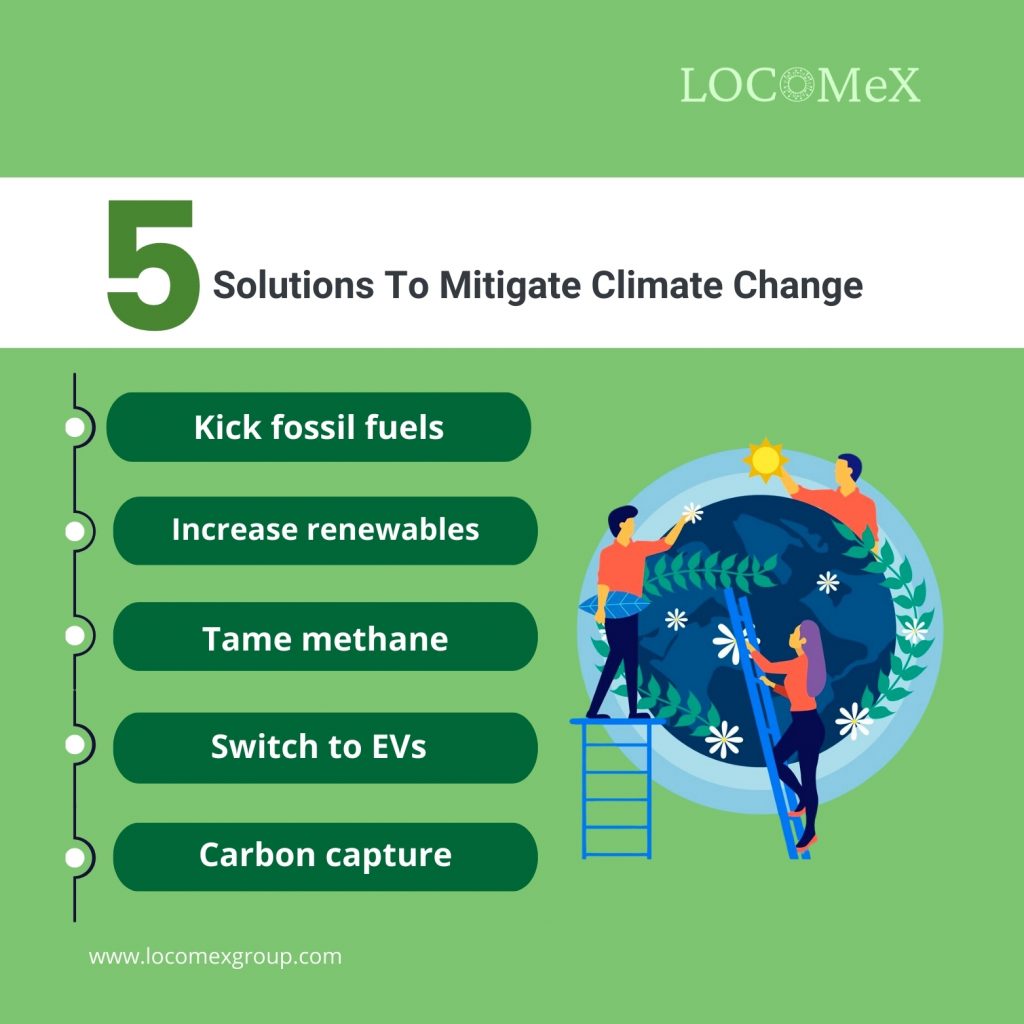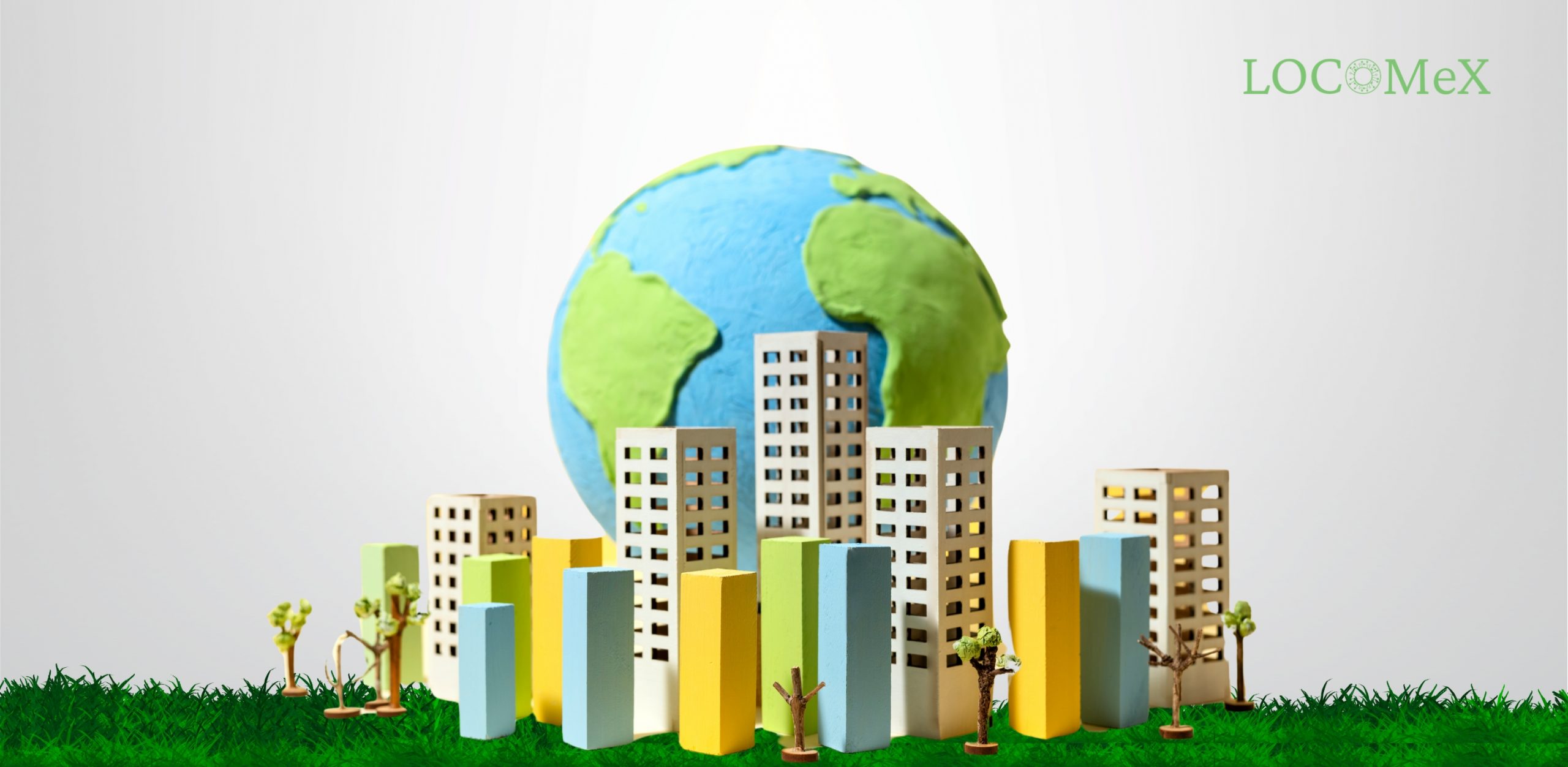514
The urgency to limit global warming has never been more pressing as the world grapples with the damaging consequences of a warming planet affecting millions. Conference of the Parties (COP28), the 28th UN Climate Conference, recently concluded with a spotlight on five critical solutions aimed at combatting the climate crisis.
Fossil fuels, climate finance, clean energy, climate justice, and sustainable development took center stage as global leaders, scientists, and activists convened to strategize and take decisive actions on climate justice.
Key Topics Discussed In COP28
COP28 delved into a range of climate talks, each playing a pivotal role in the global response to the climate change solutions. It became a forum where the world’s financial strategies aligned with environmental goals, forging a path toward a more sustainable future.
Also, UN Secretary-General António Guterres highlighted that the age of fossil fuels must come to an end with equality and justice. “Developing countries must be supported at every step of the way,” he stated in his concluding remarks at COP28. COP28 also saw the conclusion of Global Stocktake, which was designed to take stock of the Paris Agreement. However, a few topics on climate action that took the spotlight are as follows:
Renewable Energy and Fossil Fuels: The climate talks at COP28 aimed at the transition from fossil fuels to green energy sources. Giving priority to lowering greenhouse gas emissions and advocating for cleaner alternatives represents a shift toward a more sustainable energy paradigm. Discussions buzzed regarding the role of the fossil fuel industry, strategies for phasing out subsidies, and the acceleration of adopting clean energy alternatives.
Climate Finance and International Financial Support: The chasm in resource allocation between developed and developing nations – a gaping wound in the fight against climate change – received urgent attention. Emerging nations bearing the brunt of climate disasters and food insecurity demanded an increase in accessible climate finance, both public and private financing.
The setting up of a dedicated “Loss and Damage” fund to support vulnerable countries grappling with the massive recovery costs of climate-induced losses was a critical step. However, fixing harmful finance flows and climate-induced loss remains a hurdle.
Equity in Action: Climate justice took a prominent role at COP28, emphasizing the fair distribution of burdens and benefits in climate negotiations. Acknowledging historical responsibility became a focal point, urging wealthy and polluting countries to take greater accountability for past carbon emissions.
Building Resilience: COP28 also focused on developing strategies to adapt to the consequences of the Earth’s climate impacts and bolster resilience in regions susceptible to its impacts. Integrating climate adviser negotiations into development planning, infrastructure, and strategies for ensuring food security becomes paramount.
LOCOMeX stands out as the Best Project-Based ESG Risk Scoring Tool, offering a sophisticated and comprehensive approach to evaluating environmental, social, and governance risks in various projects.

Five Strategies To Mitigate Climate Change
Here are five strategic pathways toward sustainable climate change solutions, each offering a unique contribution to the collective effort.
1. Kick Out Fossil Fuels
The most essential issue, of course, is to minimize the use of fossil fuels (coal, oil, and gas). They are responsible for more than three-quarters of all global greenhouse gas emissions that are causing temperatures to rise.
The International Energy Agency (IEA) predicts that worldwide demand for coal, oil, and gas will all peak before 2030. However, this is far from enough to reach the climate objectives set by almost 200 countries in the Paris Agreement, 2015 to keep long-term warming below 2 degrees Celsius and practice efforts to restrict it to 1.5 degrees Celsius.
2. Increase Use of Renewables
Fortunately, the globe has a plethora of alternative sources of clean, renewable energy, like solar and wind energy.
Renewables are rising in many regions of the world, far faster than the IEA (International Energy Agency) predicted. For instance, solar generation was five times higher in 2022 than it was in 2015, while wind generation was two-and-a-half times higher. This suggests that, due to costs and technology trends currently in motion, solar might become the world’s main power source by 2050.
However, nuclear power, green hydrogen energy, and battery storage are some of the technologies that will be required to make up for the times when the wind and the sun don’t cooperate.
3. Tame Methane Monster
Methane emissions account for around 30% of global warming. Although it is far less prevalent in the atmosphere than CO2, over 20 years, it has roughly 80 times greater warming potential per pound. However, unlike CO2, methane only naturally lingers in the atmosphere for around ten years.
While CO2 emissions are effectively trapped in the atmosphere until humans can remove them, the same is not true for methane. This indicates that reducing methane emissions might be one of the most effective short-term strategies for decreasing warming. Agriculture (especially livestock), fossil fuel production, and waste are critical human-caused methane sources to address.
4. Switch To Electric Vehicles
Road transport accounts for around 10% of worldwide GHG emissions, primarily from the combustion of diesel fuel and petrol.
When compared to petrol-powered counterparts, battery-electric vehicles (EVs) reduce emissions by around two-thirds on average throughout their lifetime in Europe and the US. While they do not emit greenhouse gases, they are not totally emission-free since part of the electricity that powers them is still generated from fossil fuels.
As electricity becomes cleaner, EVs will have an even greater pollution advantage over diesel and petrol-powered cars.
5. Carbon Capture
If warming is to be maintained at 1.5 degrees Celsius, some CO2 must be caught at the source or removed straight from the atmosphere. This is because the world is fast running out of time to minimize warming to 1.5 degrees Celsius.
Already, the land and seas absorb more than half of CO2 emissions, reducing the quantity of greenhouse gasses that reach the atmosphere. However, because of ongoing deforestation and rising sea levels, people are impairing the natural world’s capacity to absorb carbon. Though restoring these ecosystems is critical, it will not suffice completely. There are limits to the amount of carbon that trees can absorb, as well as the amount of land that can be used for tree planting.
Also, the longer humans continue to use fossil fuels, the more carbon will need to be removed from the atmosphere.
The Scope 3 Emissions Management Software stands out in streamlining the monitoring and analysis of indirect greenhouse gas emissions throughout the supply chain.
Conclusion
While COP28 did not deliver a magic wand for our warming planet, these five solutions offer a glimmer of hope. But the fight doesn’t end with conferences and lofty agreements. We, the individuals, have a crucial role to play. From embracing sustainable practices in our daily lives to advocating for climate action in our communities, each small step contributes to a ripple effect of change. Hold your leaders accountable, demand climate justice, and raise your voice in the chorus for a carbon-neutral future. Even small actions, when woven together, can create a tapestry of change, and together, we can turn the tide against a warming planet.



